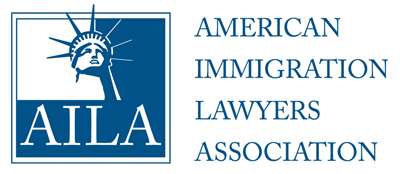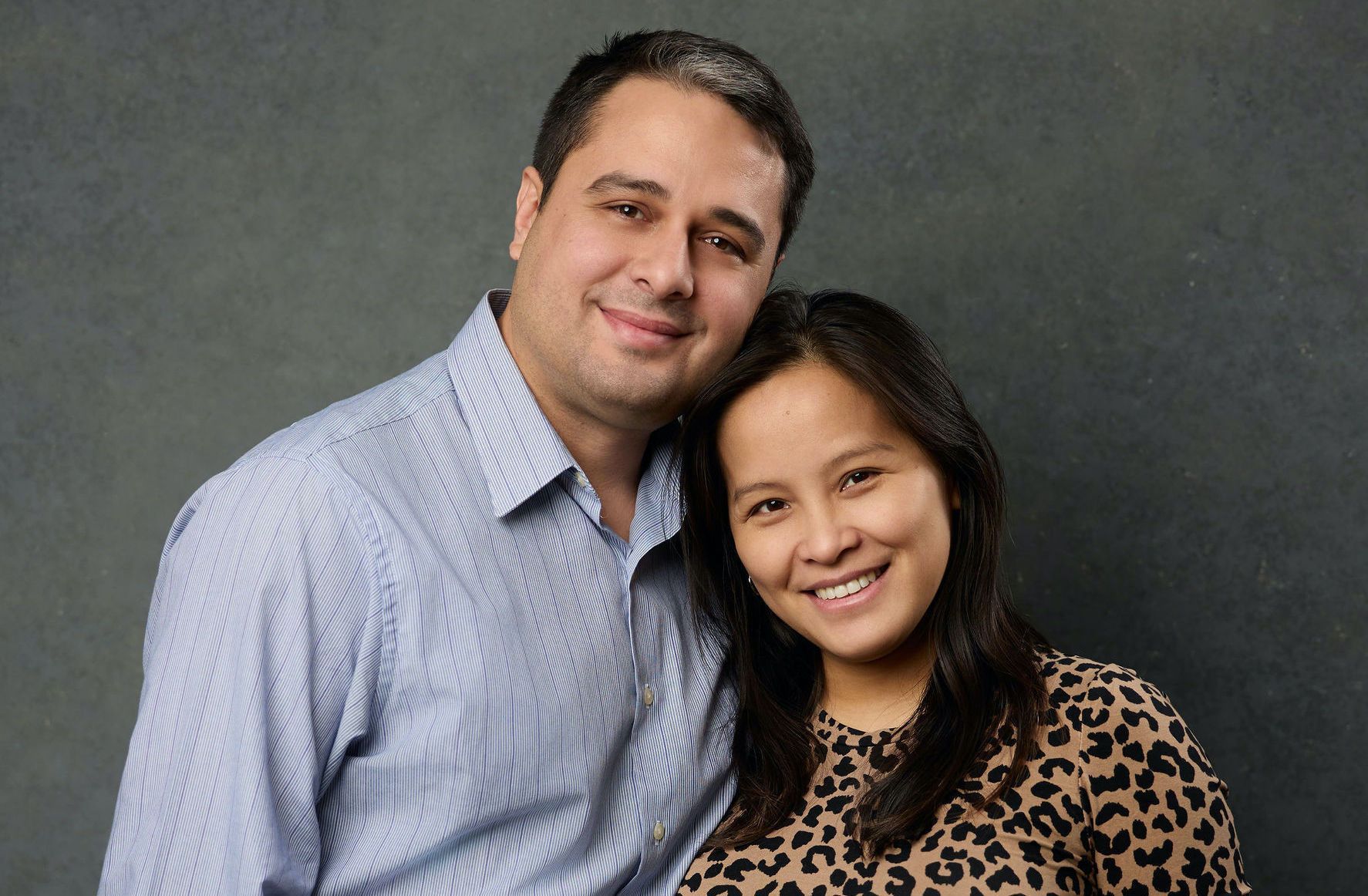US Citizen’s Guide to Immigrating a Portuguese Spouse or Fiance

This post will discuss two types of Immigrant Visas available for a Portuguese Spouse or Fiance:
- CR-1/IR-1 Spousal (Immigrant) Visa
- K-1 Fiance (Immigrant) Visa
This Post will not cover the K-3 Immigrant Visa because the K3 Visa has a very low (and very unknown) approval rating (less than a dozen worldwide). A Historical Analysis of the declining K-3 Visa can be found here .
What Documents are required?
Our office Immigration Checklist is very useful and can be found here:
Up-to-date guidance can be found here:
Are there any Consular Interview instructions?
The U.S. Embassy in Lisbon and U.S. Consulate General in Ponta Delgada NO longer process the immigrant visa (IV) or diversity visa (DV) applications. These offices neither schedule nor conduct IV or DV interviews. ALL immigrant and diversity visa interviews and adjudications for residents of Portugal will take place at the U.S. Embassy in Paris, France.
Instructions can be seen here: https://travel.state.gov/content/travel/en/us-visas/Supplements/Supplements_by_Post/PRS-Paris.html
Portugal Birth Certificate Guidance:
Up-to-date guidance can be found here:
There are two Portuguese Birth Certificate formats:
- Assento de Nascimento
- Certidao do Assento de Nascimento em modelo internacional,” which this international form is written in several European languages.
Please Note: The validity of this Birth Certificate is six months from the date of issuance.
Issuing Authority: Any Civil Registry Office (Conservatoria do Registo Civil)
Procedure for Obtaining:
- In-person at any Civil Registry Office or at the Citizens’ shop counters;
- Online through the Portuguese government’s Citizens website. The site requires authentication by entering “username” and “password” to create an account. See instructions at the following government website: PORTAL DO CIDADÃO
- Abroad at Portuguese Consulates;
- By registered letter. This process requires sending a complete government form in duplicate with a pre-sealed self-addressed envelope.
Processing Times: Walk-in requests are issued immediately. Mail requests take a minimum of eight days. Online requests are immediately accessible.
Regarding online requests: Private citizens must use the passcode to access the contents of the certificate, which is equivalent to a printed version of the certificate
Note regarding Averbamentos: Birth Certificates contain “Averbamentos”, which are the transcripts of changes that occur to the citizen’s civil status, such as name changes, pre-nuptial marital agreements, marriage, divorce, death establishment of paternity, adoption, cancelation or suspension of parental rights, and child custody. “Averbamentos” are often displayed on the back of birth certificates.
Portugal Police Certificate Guidance:
Up-to-date Information can be found here: https://justica.gov.pt/Servicos/Pedir-e-consultar-registo-criminal-de-pessoas#Comopedirouconsultar
Document Name: Certificado de Registo Criminal
Issuing Authority: Serviços de Identificação Criminal, Ministry of Justice
Registration Criteria: Only final judgments rendered by courts are subject to registration in the citizens’ criminal history registry
Methods to Request:
- Online: ONLY available to citizens who possess Citizen Cards as per the following Ministry of Justice official website registocriminal.justica.gov and those who have registered in e-services with a pin or digital key. The certificate can be accessed by the applicant or a third party by entering a passcode .
- Walk-in: Certificates can be obtained through walk-in services at branches of the Criminal Identification Services. See instructions in the Ministry website (DGAJ ), Central Units or Sections of local District Courts, and Citizen Shops. For further instructions please follow the government official website (Citizens shops ). Applicants must present his/her Citizen Card or other valid photo identification that contains a signature. Requests are processed and available immediately.
- If you live abroad, you can send the request: through the application form for a foreign resident criminal record certificate by mail, to the:Criminal Identification Services Department Av. D. João II, n.º 1.08.01 E – Floor 13 (Campus de Justiça, Parque das Nações) 1990-097 Lisbon, Portugal.
Can my Spouse or Fiance just use a Tourist Visa or ESTA to enter the United States and thereafter do the Adjustment of Status to get a Green Card?
No! A Tourist Visa or ESTA is ONLY for a temporary visit to the US and ONLY for vacations. Non-immigrant visas or their waiver should not be used to permanently move/immigrate to the US.
More info can be found here: https://www.fickeymartinezlaw.com/immigration/consular-processing/tourist-visa-and-esta-vwp-consular-processing-versus-adjustment-of-status
Where can I check the average processing time of the I-130 or I-129F Petition?
The below blog post helps locate the USCIS Tool to see up-to-date processing times. As a reference, Marriage-based I-130 filings are usually processed in the Potomac Service Center. The I-129F tends to process in the California Service Center.
https://www.fickeymartinezlaw.com/immigration/how-do-i-check-uscis-processing-times
What if there is a baby, child, newborn of a US Citizen?
Generally, the child of a US Citizen is also a US Citizen. Just, a little bit of paperwork is required. The Consular Report of Birth Abroad (CRBA) Process (More info found here: https://www.fickeymartinezlaw.com/immigration/children-born-abroad-how-to-get-citizenship-from-parents) registers the birth at the US Embassy in Lisbon and at the Consulate in Ponta Delgada and provides the US Citizen child a US Passport, a US Social Security Card, and proof of US Citizenship in the form of a CRBA Certificate (which will never expire).
Can the Active Duty Military stationed in Portugal have their dependents or fiance use a Tourist Visa or ESTA to Adjust Status in the US after PCS-ing back to the US?
No. Make plans to start the Consular process at least 12 months in advance to leaving Portugal.
What many do not realize is the extreme processing delays in the United States, where family members are forced to wait, 6 months, 12 months, 2 years, 3 years, ect., in order to finally receive Lawful Permanent Residence. Being “military-related” is not an “expedite category.”
Need Help with the Immigration Process? Have questions? Contact Us!
The Spousal Visa (Summary):
The IR-1 / CR-1 Spousal Immigrant Visa is the visa that would allow a Portuguese spouse to immigrate to the United States. The process involves two main stages.
- In the first stage, the filing will be reviewed and approved by USCIS.
- Once it is approved, the filing will enter stage 2 where the filing is transferred to the NVC, the visa application is completed, documents uploaded, and ultimately the file is sent to the US Embassy in Paris.
A Deep Dive into the Process:
For a more detailed overview of this type of filing and what it entails please refer to the steps below:
- Part 1 – Petition to Recognize the Relationship – Submit the I-130 Electronically with USCIS ( Related Blog Post found here )
- Part 2 – USCIS Processing – I-130 Pending awaiting a USCIS Officer to review the filing and supporting documents ( Processing times Post found here )
- Part 3 – NVC Processing – Visa fees are paid, DS-260 completed, and supporting documents uploaded.
- Part 4 – NVC Transfer – Filing is “documentarily qualified” and the interview scheduling process begins.
- Part 5 – Consulate Interview – NVC provides the Paris Interview day and time, the Embassy/Consulate Account would be Registered, the Immigrant Medical Performed, Documents prepared, and Interview Attended.
- Part 6 – Arrive to the US – Pay Immigrant Fee, Fly to the United States, Apply/Receive US Social Security Card, and Receive Green Card in the mail within 4 months after entry.
Average Processing Time: 10 to 24 months (with the bulk of processing time spent in the I-130 Petition)
Estimated Government Cost: $1305
The I-864 Affidavit of Support will be assessed according to the I-864P (Link found here: https://www.uscis.gov/i-864p ). If you do not overcome the I-864P Poverty Level, then Assets would be required ( Asset Explanation found here ), or a Co-Sponsor would be required ( Co-Sponsor found here ).
What is the Difference of a CR-1 or IR-1 Visa? When the couple has been married for less than 2 years at time of interview (not when you enter the US or are admitted), then a CR-1 Visa would be issued, conditioning the residence to a 2-year Green Card and requiring an I-751 thereafter. (
More information found here
) If the marriage is more than 2 years at time of interview, then an IR-1 Visa would be issued and a subsequent Green Card would be valid for 10 years.
The Fiance Visa (Summary):
The Fiancee Visa has 3 Stages:
- Stage 1: I-129F Petition filed with USCIS
- Stage 2: File the DS-160 K-1 Fiance Visa application with the US Embassy in Bogota, Colombia, this is what will allow the fiancee to enter the US
- Stage 3: Once in the US, file the I-485 Adjustment of Status with USCIS to receive a Lawful Permanent Resident Status
The intention of Stage 1 of the process is to recognize the relationship and confirm the eligibility of the petitioner. Stage 2 is intended to confirm that there will be is no marriage fraud and re-confirms eligibility. Stage 3 confirms the marriage occurred after entry on the K1 Visa and that the marriage is for love.
A Deep Dive into the Process:
What are the Requirements to file for the I-129F Filing?
- The Petitioner must be a US citizen
- The Relationship is bona fide
- The US Citizen and Foreign National have physically seen each other within the past 2 years
- The US Citizen and Foreign National intend to marry with the K-1 Visa within 90 days after entry
- The US Citizen and Foreign National are legally “free to marry,” meaning there is no pending divorce.
- The US Citizen has a stable US income to support the Portuguese fiance, and that income overcomes Federal Poverty Level Guidelines as stated in the USCIS I-864P
How to prepare a Letter of Intent for this process:
Below is a template our office has created to assist:
How long does the I-129F take to process? The processing times for the I-129F petition can be found here, just select the service center the filing is located at (which that info is generally found on the filing’s Receipt Notice): /immigration/how-do-i-check-uscis-processing-times/
How long does the I-485 take to process? The above link can assist in finding the current processing time, the difference is that you would select the local USCIS Field Office, versus a USCIS Service Center. The I-485 filing (based on marriage) generally requires an interview at a local field office.
If you require assistance with the Spousal or Fiance Visa process, please consider contacting our office to set up a consultation with our Immigration Attorney.
Disclaimer: This Blog is made available by the lawyer or law firm publisher for educational purposes only as well as to give you general information and a general understanding of the law, not to provide specific legal advice. By using this blog site you understand that there is no attorney-client relationship between you and the Blog/Web Site publisher. The Blog should not be used as a substitute for competent legal advice from a licensed professional attorney in your state.
The post US Citizen’s Guide to Immigrating a Portuguese Spouse or Fiance appeared first on Fickey Martinez Law Firm.












